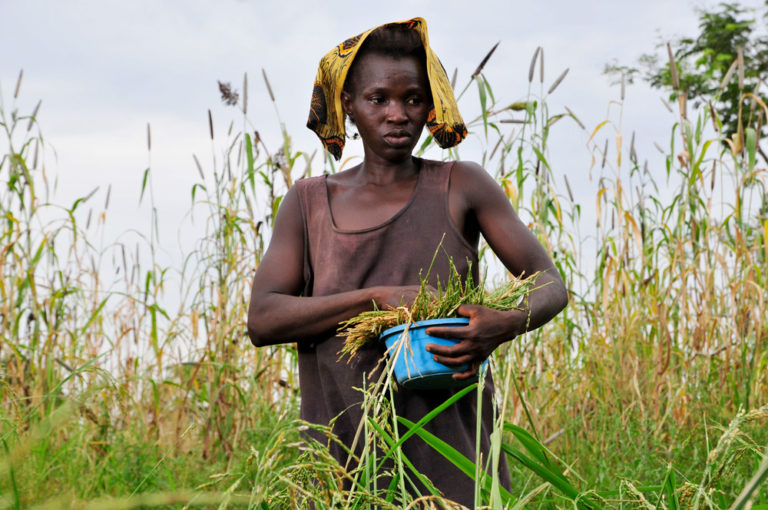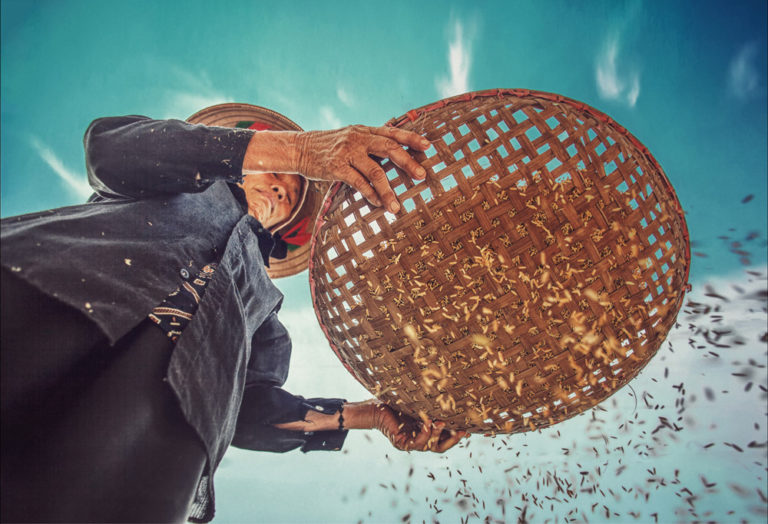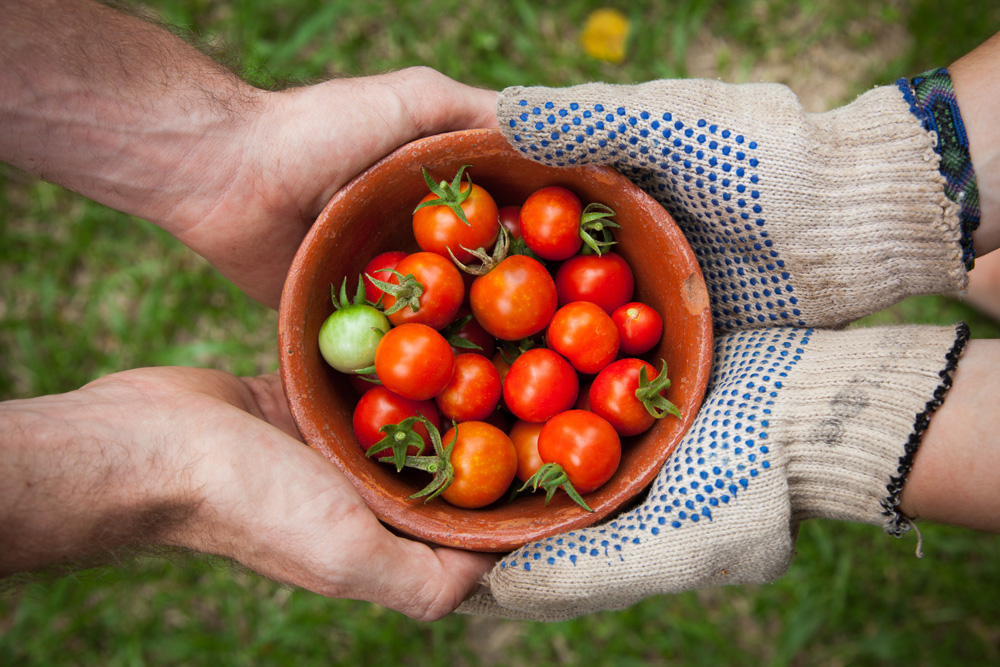Decimating forest fires, destructive hurricanes and floods, sizzling heat and exhausting droughts are savaging the globe, twisting the destinies of millions of people, erasing things we love.
The climate change narrative is overwhelming, and it is only natural to want to curl into a little ball, shut down and hide from the reality of this crisis. How does one confront this challenge and contribute to solutions? Look no further than your plate!
“The joyfulness of food is a powerful antidote to the drama of climate change,” says Richard McCarthy, Executive Director, Slow Food US at the “Food for Change: Grow a Climate Friendly Future” thematic forum during Terra Madre Salone del Gusto event 2018.
Living through the devastation of hurricane Katrina in 2005, he found that food can bring us both joy and comfort. “Food provides us with identity and means to remember who we are when the going gets tough. Food is a bridge to others, it can unite communities and provide us with a sense that we are not alone,” says McCarthy.


